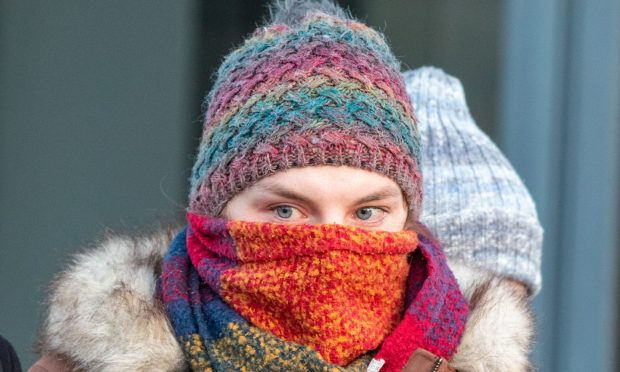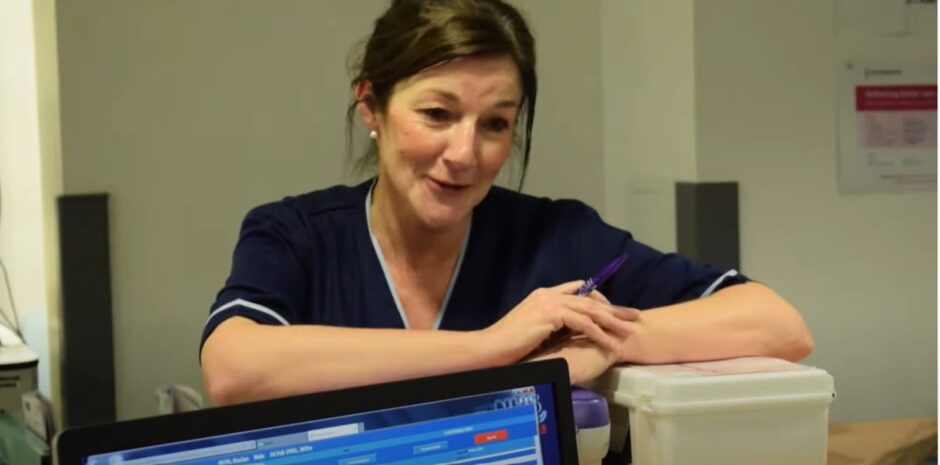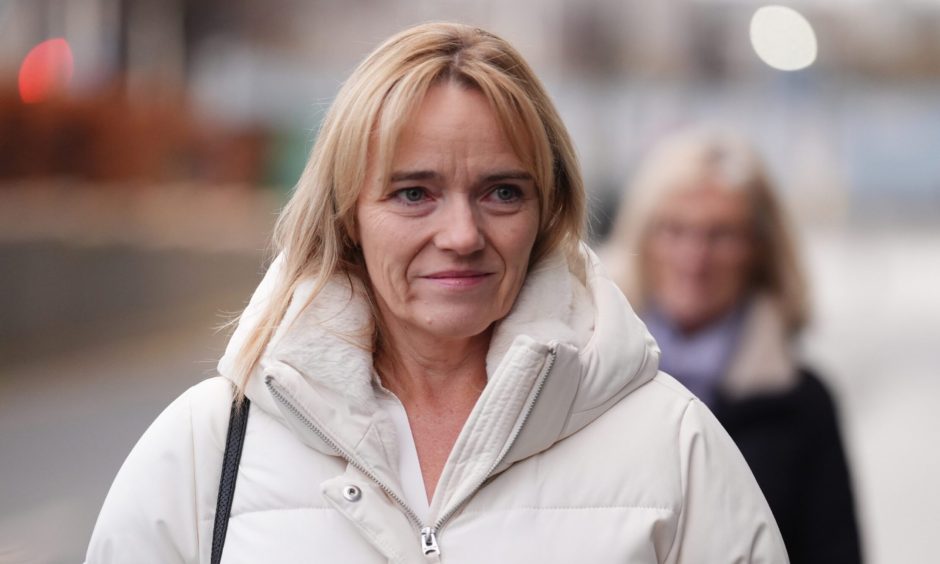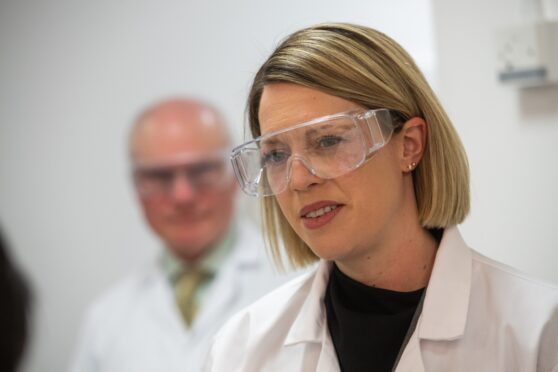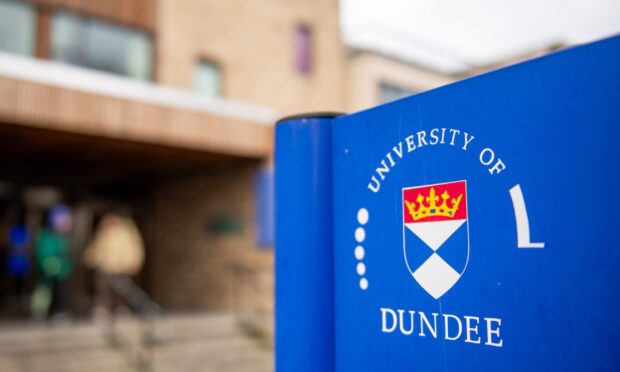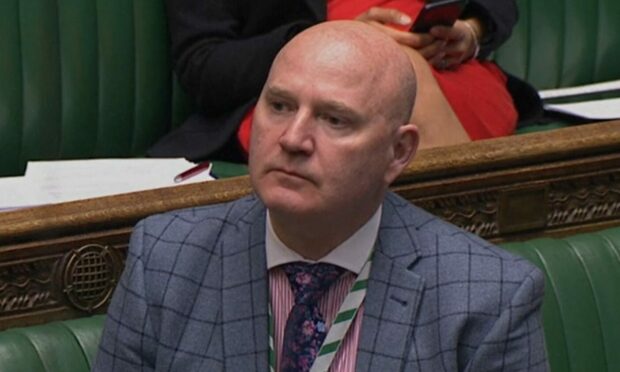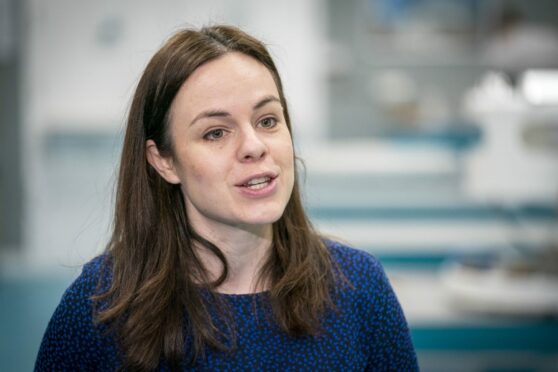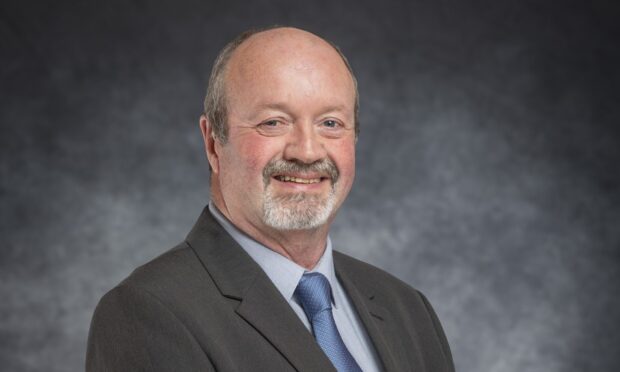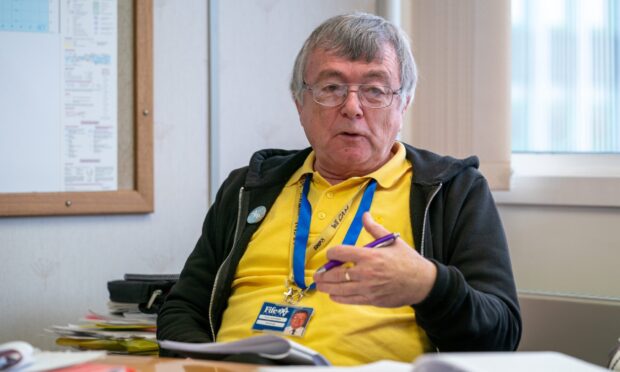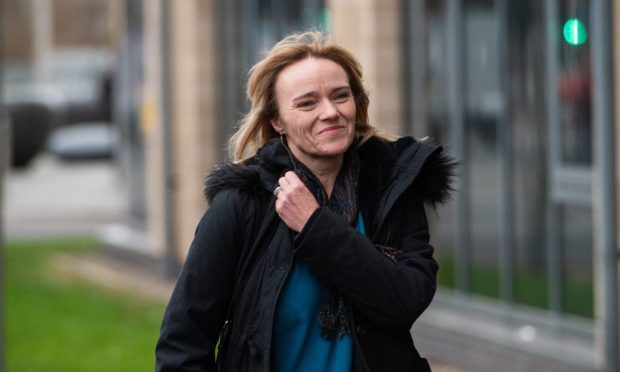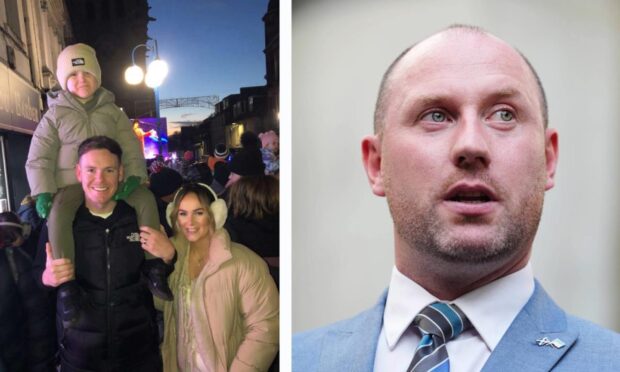NHS Fife has been accused of creating a “recipe for disaster” by allowing a transgender doctor to use female changing rooms.
Nursing manager Esther Davidson was told she had been put in an “impossible position” by the health board in having to allow Dr Beth Upton, born male, to use the female facilities.
At Friday’s tribunal hearing, Ms Davidson was questioned by Sandie Peggie’s barrister, Naomi Cunningham KC.
It also emerged that proceedings are likely to continue on July 16, with Ms Peggie’s lawyers awaiting evidence from Dr Upton and NHS Fife’s legal team.
The nurse’s barrister has also asked for a forensic examination of the trans medic’s phone.
Ms Peggie, who worked at Kirkcaldy’s Victoria Hospital, is suing NHS Fife and Dr Upton after she was suspended following a row between the pair on Christmas Eve 2023.
Ms Davidson denied leading the internal investigation into the changing room exchange row to “bury” her earlier involvement in the case.
The nursing manager previously admitted sympathising with A&E nurse Ms Peggie over her complaint about sharing the facilities with Dr Upton.
Ms Cunningham put it to Ms Davidson that she held “forbidden views” in the health board’s eyes.
The barrister said: “You’d done something unforgivable in the trust’s eyes.
“You’d been sympathetic to Sandie’s preference not to take her clothes off in front of a man.”
Ms Davidson said she was saddened by the situation and insisted she did not hold the same views as Ms Peggie.
‘You were trying to bury your involvement’
Ms Davidson originally led the NHS Fife investigation into the incidents between Ms Peggie and Dr Upton but was removed after it was became apparent she would be a witness.
Ms Cunningham put it to her that anxiety over her earlier sympathies had made her want to take on the investigation.
The barrister argued: “That is also why you were willing to accept the investigation even though it should have been clear you shouldn’t have been doing it.
“Because you were trying to bury your earlier involvement.”
Ms Davidson replied: “Absolutely not.”
Further concerns were raised by Ms Cunningham over an email sent in December by Dr Kate Searle, Dr Upton’s line manager, in which she condemned Ms Peggie’s actions.
The message was sent before the nurse had been asked for her version of events on the December incident.
Ms Cunningham asked Ms Davidson if she thought Dr Searle’s email might prejudice her investigation or if she had sought advice from HR on the communication.
She said “no”.
Reasons behind suspension ‘vague’
Questions also arose over whether Ms Peggie had been suspended over patient safety concerns or because of the Christmas Eve incident.
Ms Davidson insisted it was a combination of both.
Ms Cunningham queried when Ms Peggie – piped into Friday’s proceedings in Dundee – had been made aware of any patient safety concerns.
Regarding a suspension letter, the barrister said: “If you look at what Sandie is told is being investigated, you say, ‘we discussed concerns in relation to alleged unwanted behaviours towards another member of NHS Fife staff’.
“And that’s quite vague isn’t it?
“It doesn’t really tell her anything at all about what’s being alleged against her.”
Ms Davidson replied: “It is quite vague, yes.”
The nursing manager further clarified that no discussions were held with Ms Peggie during her suspension interview about the two incidents where patient safety concerns were raised.
In these incidents, it was alleged the nurse refused to work with Dr Upton.
Months to work out new rota for Ms Peggie
A theme of Friday’s responses from Ms Davidson was that Ms Peggie had been suspended because they did not want the two colleagues working the same shifts.
She was asked to explain why it had taken from January to at least the end of March for NHS Fife to find a suitable rota.
Ms Cunningham said: “Are you really asking the tribunal to believe that, although Kate Searle believed that’s a problem she had solved on December 30 2023, it took all that time to work out a shift pattern that would keep Beth and Sandie apart?”
She replied: “We worked hard to work out a shift pattern that would prevent any further contact in a clinical way.”
